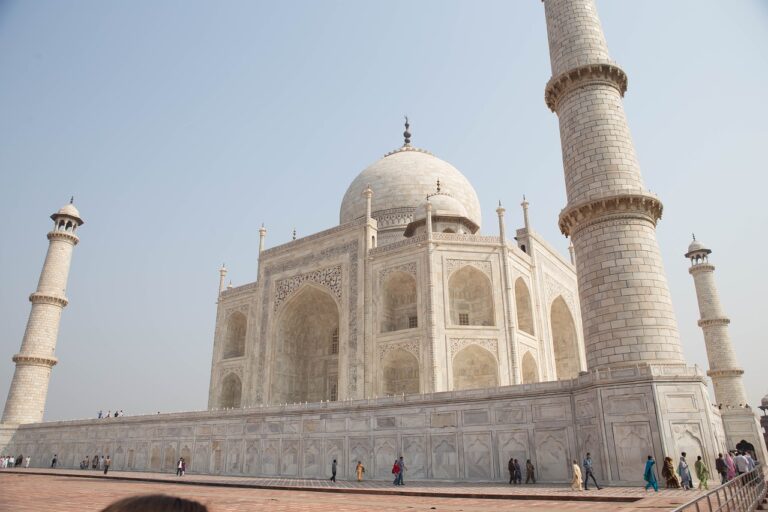Assessing the Role of Supreme Court Decisions in Shaping Election Laws
The evolution of election laws in the United States has been heavily influenced by Supreme Court decisions throughout history. From the early days of the nation to the present day, the Court has played a pivotal role in shaping the legal framework surrounding elections. With the power to interpret the Constitution and rule on the constitutionality of laws, the Supreme Court has had a profound impact on the way elections are conducted and regulated.
One of the key aspects of the historical context of Supreme Court decisions on election laws is the tension between state sovereignty and federal oversight. The Court has grappled with balancing the rights of states to control their own election processes with the need for uniform standards and protections for voters across the country. This delicate balance has led to a series of landmark decisions that have shaped the landscape of election laws in the United States.
Key Supreme Court Cases That Have Impacted Election Laws
In many ways, the landscape of election laws in the United States has been shaped by key Supreme Court cases over the years. One such landmark case is Baker v. Carr (1962), where the Court ruled that state legislative districts must be roughly equal in population, ensuring the principle of “one person, one vote.” This decision had significant implications for redistricting and representation in elections, setting a precedent for the concept of voting equality.
Another notable case is Shaw v. Reno (1993), which addressed the issue of racial gerrymandering in redistricting. The Court held that race cannot be the predominant factor in drawing district boundaries, unless there is a compelling state interest. This decision has had a lasting impact on how race is considered in the redistricting process, influencing efforts to prevent the dilution of minority voting power.
• Baker v. Carr (1962) established the principle of “one person, one vote”
• Ensured state legislative districts must be roughly equal in population
• Significantly impacted redistricting and representation in elections
• Shaw v. Reno (1993) addressed racial gerrymandering in redistricting
• Court ruled race cannot be the predominant factor unless there is a compelling state interest
• Influenced efforts to prevent dilution of minority voting power
The Impact of Supreme Court Decisions on Voter ID Laws
Supreme Court decisions have played a significant role in shaping the landscape of voter ID laws in the United States. The Court’s rulings have had far-reaching implications, impacting the way states implement and enforce voter identification requirements. Some decisions have upheld strict voter ID laws, arguing that they are necessary to prevent fraud and maintain the integrity of the electoral process. On the other hand, other rulings have struck down voter ID laws that were deemed discriminatory or overly burdensome on certain groups of voters.
These decisions have sparked heated debates among policymakers, legal experts, and advocacy groups, with proponents and opponents of voter ID laws presenting passionate arguments both for and against their implementation. The Supreme Court’s intervention in these cases has not only influenced the enforcement of existing voter ID laws but has also set precedents that will continue to shape future legislation and legal challenges in this contentious area of election law.
What is the historical context of Supreme Court decisions on election laws?
The Supreme Court has a long history of issuing decisions that shape election laws in the United States. These decisions have had a significant impact on the way elections are conducted at both the federal and state levels.
Can you provide some examples of key Supreme Court cases that have impacted election laws?
Some key Supreme Court cases that have had a major impact on election laws include Shelby County v. Holder, which struck down a key provision of the Voting Rights Act, and Crawford v. Marion County Election Board, which upheld a voter ID law in Indiana.
How have Supreme Court decisions affected voter ID laws?
Supreme Court decisions have had a significant impact on voter ID laws, with some decisions upholding the constitutionality of such laws and others striking them down. These decisions have shaped the way states are able to implement voter ID requirements and have influenced the ongoing debate over the issue.







